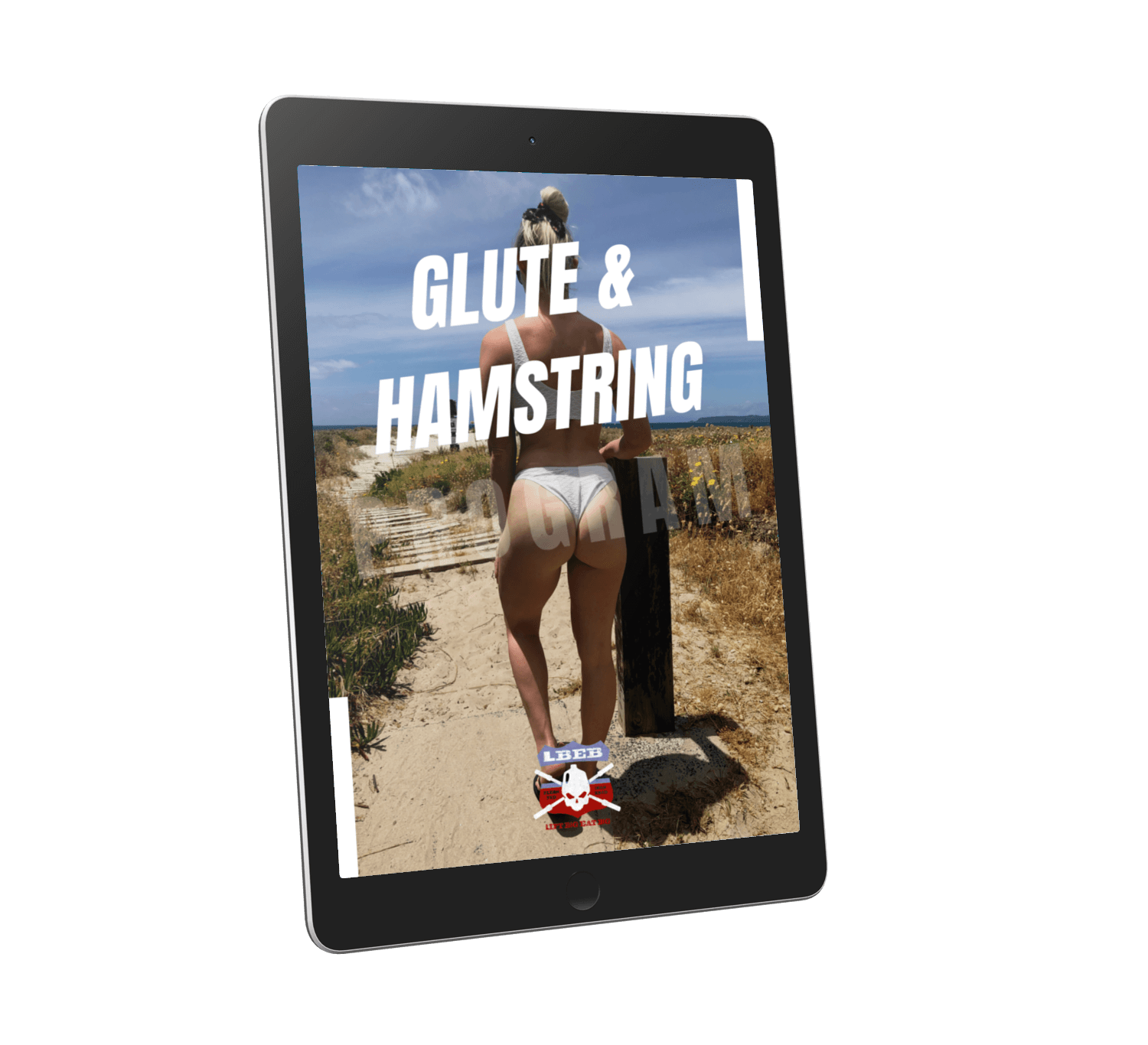The good morning sounds like a yoga pose. But there’s no way an exercise this brutal fits in the quiet, zen room of gentle yoga. And instead of trying to get the booty of your dreams by stretching, the good morning will add the thickness you desire.
Good mornings are great for glutes because they maximize tension and long muscle lengths, which is superior for building muscle compared to short muscle lengths.
But the traditional good morning isn’t the best way to target your glutes. You need to make a slight modification to ensure maximum butt development.
Table of Contents
Are Good Mornings Good For Glutes?
Good mornings are an excellent exercise variation for the glutes. The primary movement during the good morning is the hip hinge consisting of hip flexion and extension. The glutes main function is to extend the hip, so you are loading the exact movement to get a bigger butt.
What makes the good morning unique is the most significant hip extension torque occurs when the glutes are fully lengthened in full hip flexion. Compared to an exercise like the hyperextension where hip extension torque is maximized at short muscle lengths [1].
We know that targeting long muscle lengths is superior for gaining muscle than short muscle lengths [2]. Therefore, the good morning can be used alongside other glute exercises like the hip thrust and deadlift.
How To Target The Glutes With Good Mornings

To place a greater emphasis on the glutes than the hamstrings during the good morning, use more knee bend as you descend. By bending the knees, less stress is placed on the hamstrings since they are biarticular.
This means they cross the knee and hip. So, if you bend the knees as you flex your hips, you reduce the lengthening or eccentric contraction of the hamstrings. Give this a try. Keep your knees straight and touch the floor.
Now bend your knees slightly as you descend to touch the floor. The same principle is in action when bending the knees during the good morning. Now you can use slightly heavier loads and focus on hitting the glutes.
Are Good Mornings For Back Or Glutes?

Good mornings are a back and glute exercise. It trains both in the lengthened positions with loads much lighter than other exercises. This is because the load is further away from the pivot point of your hips.
The equation for rotational inertia is mass multiplied by the radius squared. Or I = m x r2. In the example of the good morning, the mass would be the barbell on your back. The radius would be the distance from the bar to your hips.
The distance from your hip plays a larger role in resistance than the load since the radius is squared. It’s why you use less load and feel the load in your lower back and glutes so intensely compared to similarly loaded Romanian deadlifts.
Are Good Mornings Or Deadlifts Better For Glutes?
In my opinion, deadlifts are a better exercise for getting big glutes. The upper glute shelf is built through heavy and hard compound glute training. Especially if you control the eccentric. Good mornings can be challenging to feel in your glutes, and instead, you’ll often feel the exercise intensely in your hamstrings and lower back.
Are Good Mornings Better Than Romanian Deadlifts For Glutes?
In my experience, I prefer the Romanian deadlift to the good morning for glute development. There’s less lower back stress because the bar is closer to the hips (as per the I = m x r2 equation), and you can feel the glutes push forward because of where the load sits.
That doesn’t make the Romanian deadlift the best for all situations. For example, if you started your workout with the deadlift, you may use the good morning afterward to reduce the absolute load compared to the Romanian deadlift while still getting a strong glute growth stimulus.
Summary
When using the good morning, make sure to bend your knees as you descend to reduce hamstring involvement and maximize glute contribution. Remember, you won’t use loads as heavy as other exercises because the barbell sits further away from the point of rotation.
References
1. Contreras, B. M., Cronin, J. B., Schoenfeld, B. J., Nates, R. J., & Sonmez, G. T. (2013). Are All Hip extension exercises created equal?. Strength & Conditioning Journal, 35(2), 17-22.
2. Pallarés, J. G., Hernández‐Belmonte, A., Martínez‐Cava, A., Vetrovsky, T., Steffl, M., & Courel‐Ibáñez, J. (2021). Effects of range of motion on resistance training adaptations: A systematic review and meta‐analysis. Scandinavian journal of medicine & science in sports, 31(10), 1866-1881.

